After paying for a high-end air purifier, you want to know how effective it is at removing pollutants and improving your indoor air quality. But how can you tell if it’s working as advertised?
The CADR test allows homeowners to measure how effective their unit is.
This guide will help you understand CADR ratings so you can determine your air cleaner’s effectiveness.
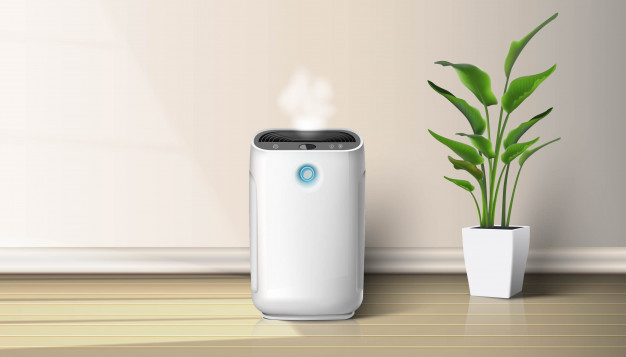
What is a CADR Rating?
Clear Air Delivery Rate (CADR) is the most crucial metric that buyers should consider when buying air purifiers. This score tells buyers how effectively a unit will improve their air quality.
A CADR rating is the rate of contaminant reduction by an air purifier based on room space and the volume of indoor air in the room in cubic feet.
The CADR rating is determined by testing how quickly it removes the three common indoor air pollutants: dust, smoke, and pollen.
What is a Good CADR Rating?
Filter efficiency and airflow through the filters influence how good a CADR rating is. These two indicate how much clean air you will get at the highest fan speed.
A good CADR rating should be at least twice the power on the highest fan speed. It means running a unit at a lower fan speed will reduce the fan airflow, lowering the CADR.
What Are the Highest CADR Ratings?
The highest possible rating for smoke and pollen CADR is 450, while the highest possible rating for dust CADR is 400. The higher the rate, the better a unit is in removing airborne contaminants and cleaning indoor air.
How is the Air Purifier CADR Rating Measured?
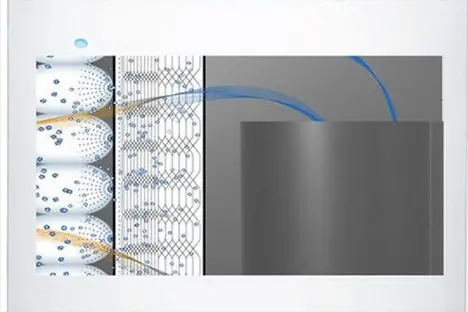
CADR testing begins with an air purifier placed in a living space measuring 1008 cubic feet. Before the purifier is turned on, airborne contaminants are measured to form a baseline. The air purifier is then turned on and left to run for 25 minutes.
After 25 minutes, the levels of the three contaminants are measured against the pre-test levels. This way, it’s easier to determine the objective measure of how effective an air purifier is.
Once the test is complete, the stakeholders give the unit’s CADR number in cubic feet per minute (CFM).
Who Calculates CADR Ratings?
The Association of Home Appliance Manufacturers (AHAM) calculates an air purifier’s CADR rating through a process known as the ANSI/AHAM AC-1 standard.
Manufacturers voluntarily submit their appliances to the AHAM to determine their CADR ratings. These ratings are relatively consistent because the association uses the same test to measure every purifier.
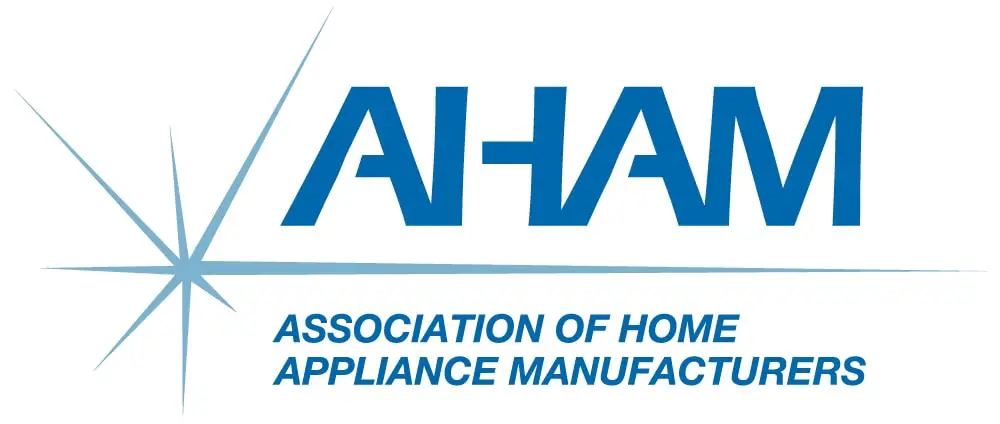
CADR Particle Size
Filters have different abilities to banish particle distributions from the air. For this reason, a unit’s CADR is measured against three standard air contaminants: smoke, dust, and pollen.
This order represents the particle sizes, from small, medium to the largest, and the most dangerous to the least harmful particle.
Smoke particles are ultra-fine, with standard particle size ranging from 0.1 to 0.3 microns. Dust is the most common air pollutant, measuring from 0.5 to 3 microns.
On the other hand, pollen is the largest pollutant with a size of 5 to 11 microns – large enough that you can see with naked eyes.
CADR Scale
The CADR scale level depends on the type of particle measured. After measuring, a particle’s score can be as high as 400 to 450. For instance, dust CADR can measure up to 400, while smoke and pollen CADR can go as high as 450.
This scale is the execution indicator that helps decide a purifier’s ideal room size. For a unit to fit in the Energy Star program, it has to have a scale that extends on the Dust CADR.
Therefore, a unit must have a particle CADR rating that is several times the highest fan power.
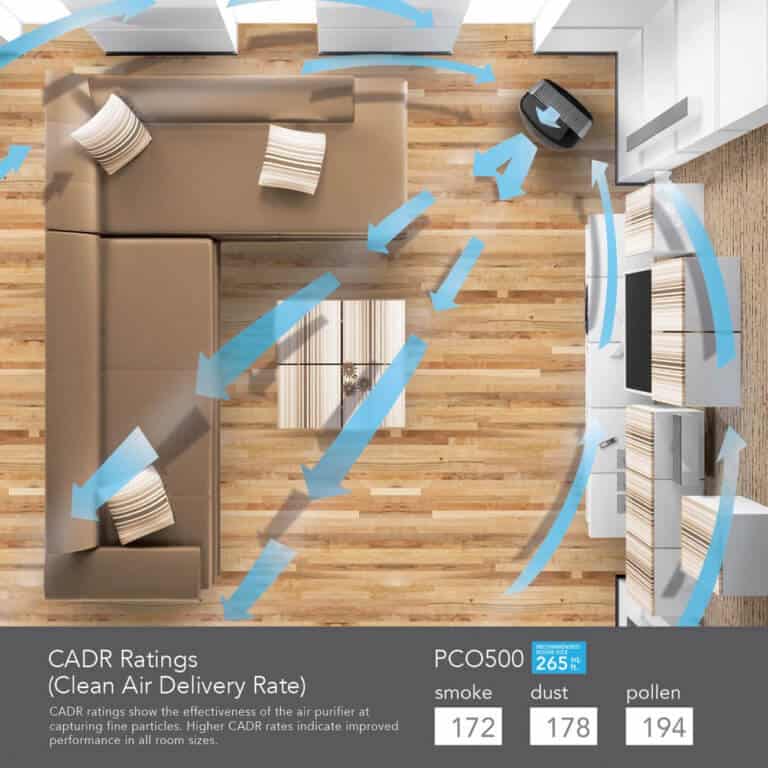
Air Filters and CADR
An air filter has two vital components: an air filtration technology and a fan that circulates air through the device.
Factors such as the size of particles and power consumption determine the efficiency of a filter. However, these factors do not necessarily mean better air purification. For this reason, the CADR rating helps balance a filter’s efficiency with the airflow, or volume of filtered air.
By balancing the contaminant removal efficiency and the airflow through the device, you can identify low-quality filters that only filter a small amount of air.
These ratings help consumers gauge the inconsistencies and efficiencies among the available air filters.
However, most devices have different air filter rating systems that tend to lower the CADR value depending on the type of filter in a machine.
CADR tends to penalize higher efficiency filters such as High-Efficiency Particulate Air and Carbon Filters.
For instance, High-Efficiency Particulate Air (HEPA) can efficiently remove 99.07% of pollutants that are larger than 0.3 microns from the air.
But, when measuring the filters against the CADR rating, the rates can lower by 10% depending on the contaminant.
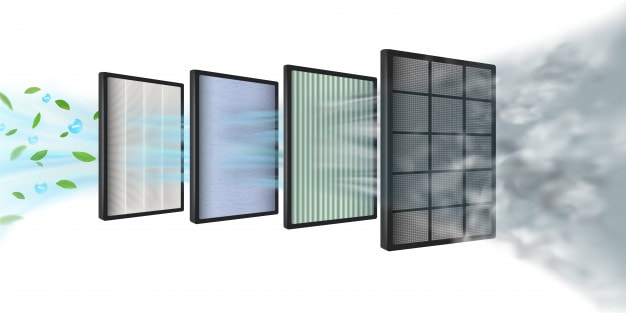
Clean Air Delivery Rate and Room Size – How Do They Relate?
You can convert the CADR to find the correct size of your room.
According to the Association for Home Appliance Manufacturer, you can get your room measurements by multiplying the CADR rating by 1.55 if the ceiling’s height is 8 feet.
However, the rating has some flaws that undermine its capabilities. For instance, it does not evaluate the continued performance of air filters over time.
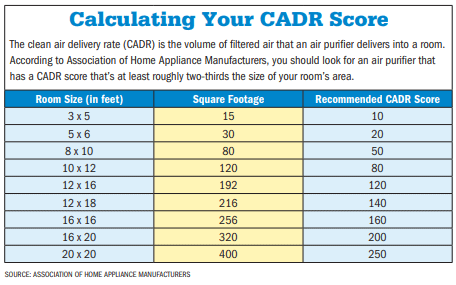
It is also not suitable for ultra-fine particles because it only removes pollutants of size 0.3 microns and more. This is why the association advises buyers to use the smoke CADR to calculate room footages.
Conclusion
The CADR rating is crucial when selecting the correct air purifier to cleanse your indoor air. However, several factors like the room’s square footage, device type, CFM, and other additional features are equally vital.
People Also Ask
Using an air purifier to remove airborne pollutants is the best way to keep allergies and asthma away. But, how do you find the most suitable unit, and even know what to look for in one? Your search ends here once you find answers to the most common questions people ask about air filters and CADR ratings.
A higher CADR is better because it means a higher purifier’s performance in cleaning a room’s air. The air purifier will be able to purify smaller rooms faster. A unit with more outstanding CADR ratings has a greater fan force to cover a bigger space in a room.
CADR is a numerical value that indicates how fast and how much an air purifier removes airborne particulates within a particular room size footage.
A filter’s ability to circulate air is measured in cubic feet per minute (CFM). This means that CADR is a reflection of CFM, whereas CFM is the unit measurement for CADR.
Although most air purifiers have a CADR rating, the process is voluntary. Manufacturers choose whether or not to submit their appliances to the AHAM for CADR rating.
For this reason, it is no surprise to find air purifiers that have not been tested or without the rating.
ACH (Air Changes Per Hour) indicates how often a purifier filter or transforms the air in a specific indoor space per hour.
An ACH of 5 or 6 is suitable for healthy residential air cleaning. An ACH rating of 6 or 8 is ideal for allergic and asthmatic individuals.

